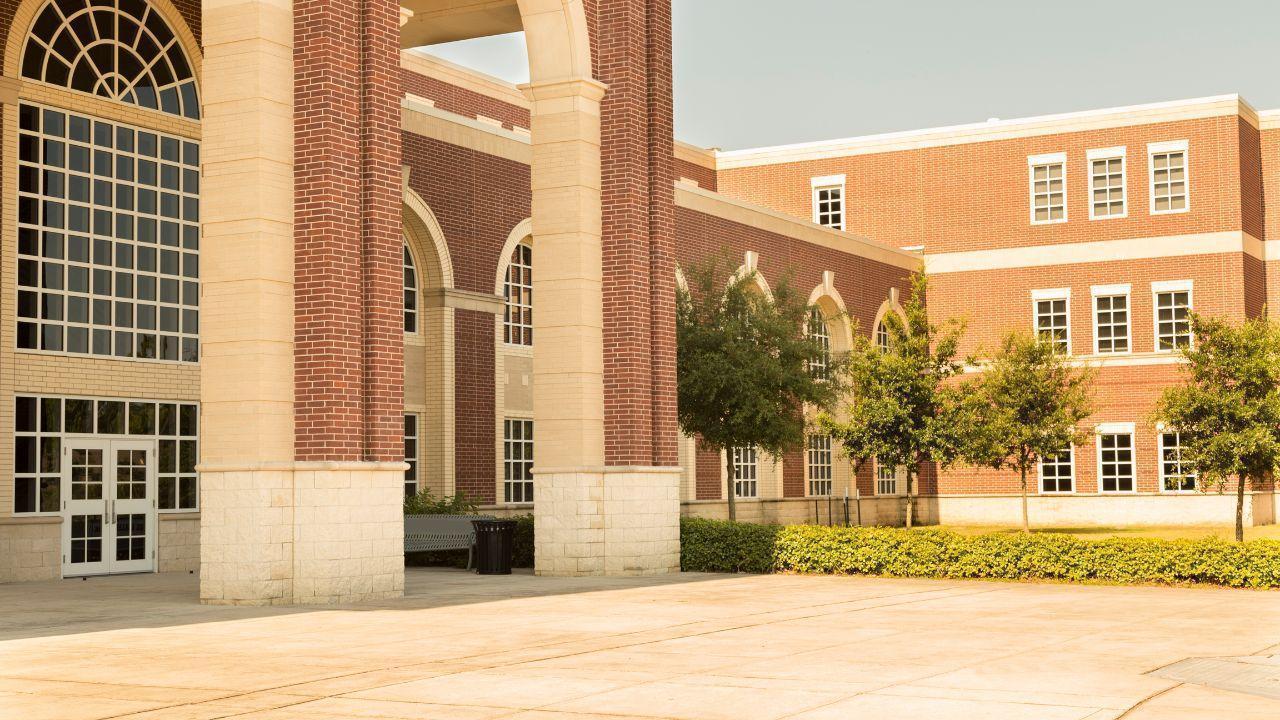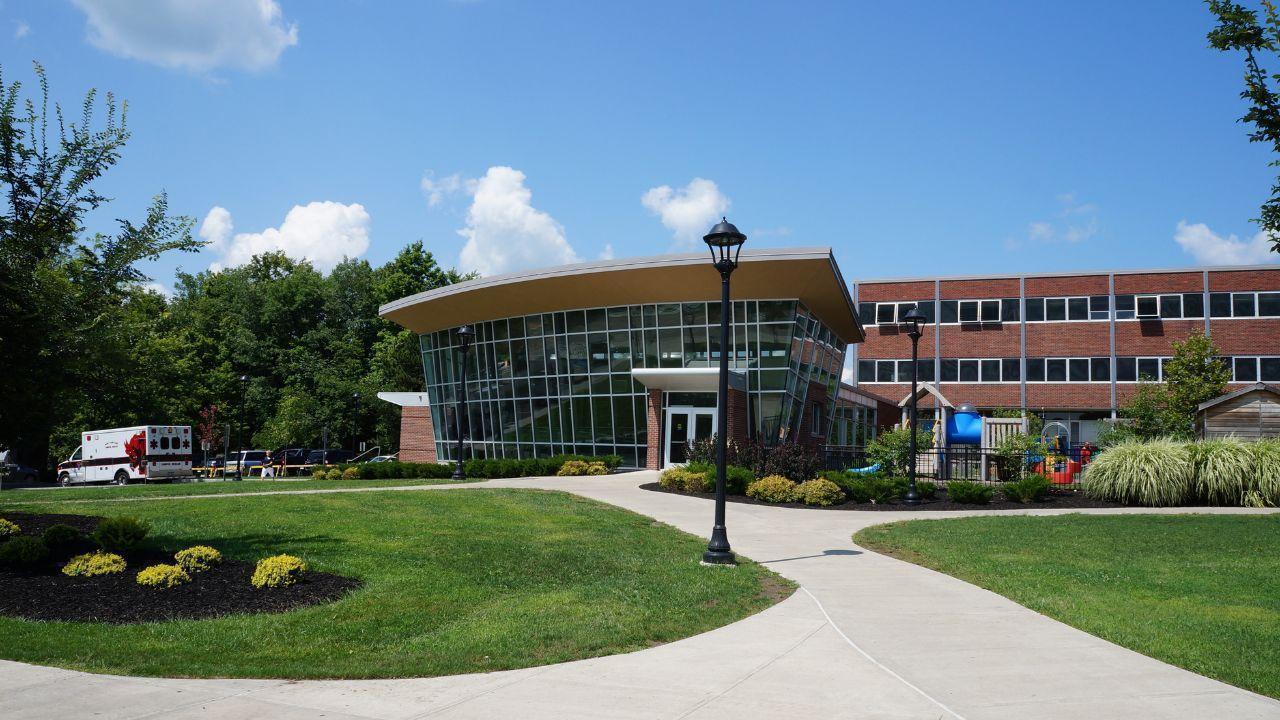



Australia’s prestigious "Big Four" universities — the University of Sydney, University of Melbourne, University of New South Wales, and Monash University — are grappling with a concerning rise in international student "no-shows." These students, who accept offers and secure visas but fail to arrive on campus, are disrupting enrollment numbers and causing financial uncertainty for institutions that heavily rely on overseas student revenue.
This issue, dubbed as "no-shows," has been particularly pronounced in 2024, with thousands of students deferring or failing to appear altogether. According to reports, some institutions have seen no-show rates as high as 20% in certain courses. The reasons vary — ranging from delays in visa processing, financial hurdles, personal health issues, to students using Australian study visas to enter the country before switching to other education providers or even disappearing into the broader population.
Universities are now being asked by the federal government to tighten compliance and report no-show students promptly. This push aligns with wider concerns around visa integrity, student welfare, and maintaining the credibility of Australia’s international education system. The Department of Home Affairs has also flagged the issue as a potential risk to national immigration policies.
To address the challenge, universities are being encouraged to improve monitoring systems, provide better pre-arrival support, and increase engagement with students before their departure from home countries. Institutions are also investing in more predictive analytics to forecast student behavior based on application trends, payment patterns, and communication frequency.
Financially, the situation is serious. International students contribute over $40 billion annually to the Australian economy. For the Big Four universities, this cohort makes up a significant share of revenue and classroom diversity. Sudden drops in actual enrollments not only affect budget forecasts but also teaching schedules, housing arrangements, and local economies.
There is also a reputational angle. Australia competes globally with the UK, Canada, and the US to attract high-quality international students. Reports of no-shows, policy inconsistencies, and visa complications could deter future applicants, especially when peer countries offer smoother pathways and greater post-study work opportunities.
Education experts suggest more collaboration between governments, education agents, and universities is needed. They recommend better transparency in visa processes, more realistic timelines for admission and arrival, and greater scrutiny of intent during visa interviews.
While the issue is complex, most stakeholders agree that a coordinated effort is necessary to maintain Australia’s standing as a premier education destination. The success of the international education sector not only boosts university rankings but also enhances cultural exchange, fosters research collaborations, and supports regional development across the country.
For now, universities are walking a tightrope — striving to remain welcoming and globally competitive while safeguarding systems from misuse. How effectively they navigate this issue could shape the future of international education in Australia for years to come.
#trending #latest #internationalstudents #australia #highereducation #BigFour #noshowcrisis #studyabroadnews

University Internships That Help You Get a Job After Graduation... Read More.

Is It Smarter to Start at a Community College... Read More.
 Fake posts hit Czech PM Fiala's X
Fake posts hit Czech PM Fiala's X
Fake posts disrupt Czech PM Fiala's X account security
 Switzerland Tightens Export Rules
Switzerland Tightens Export Rules
Switzerland expands export controls on dual-use goods
 Google unveils Ironwood AI chip
Google unveils Ironwood AI chip
Google introduces Ironwood chip to accelerate AI tasks & apps
 TSMC Q1 revenue up 42%
TSMC Q1 revenue up 42%
TSMC sees 42% revenue surge in Q1, surpassing forecasts
 Amazon CEO Outlines AI Vision
Amazon CEO Outlines AI Vision
Amazon CEO reveals AI investment plans in new letter
 Osaka Hosts World Expo 2025
Osaka Hosts World Expo 2025
Japan blends tech and culture at Osaka Expo 2025 launch
 A16z Plans Big Bet on AI Startup
A16z Plans Big Bet on AI Startup
A16z may lead huge round in ex-OpenAI CTO’s new AI firm.
© MyEduGoal. All Rights Reserved. Design by markaziasolutions.com